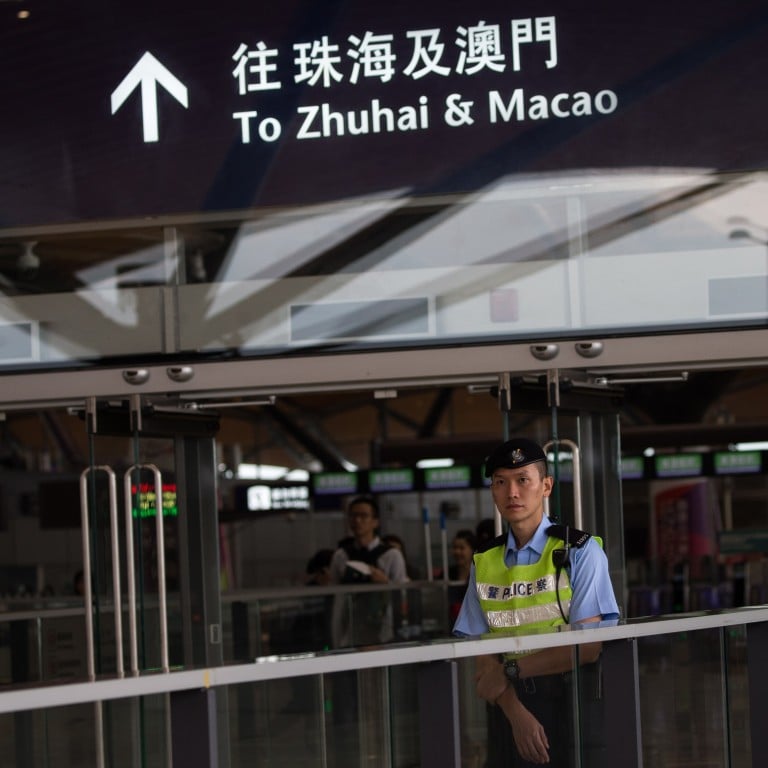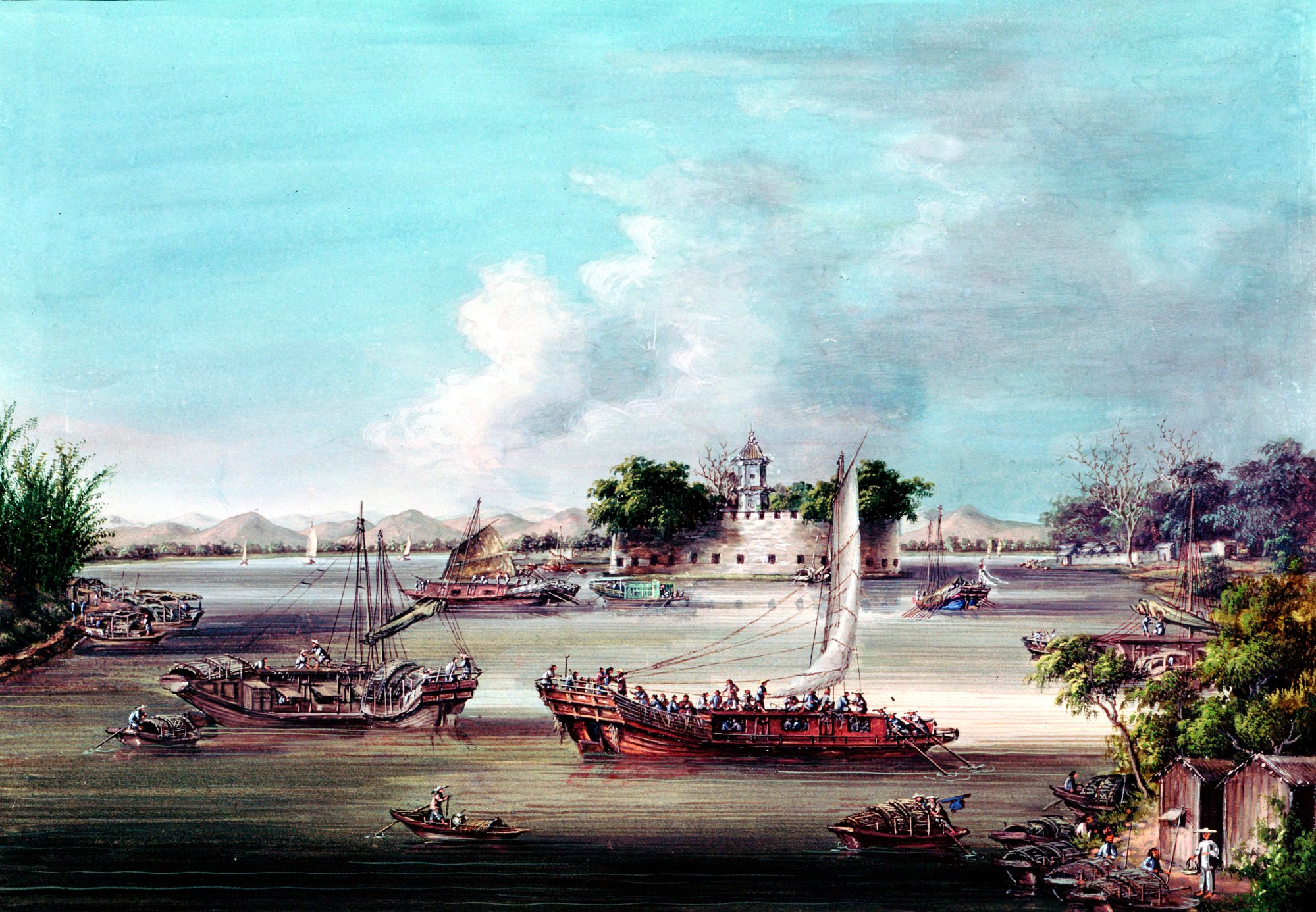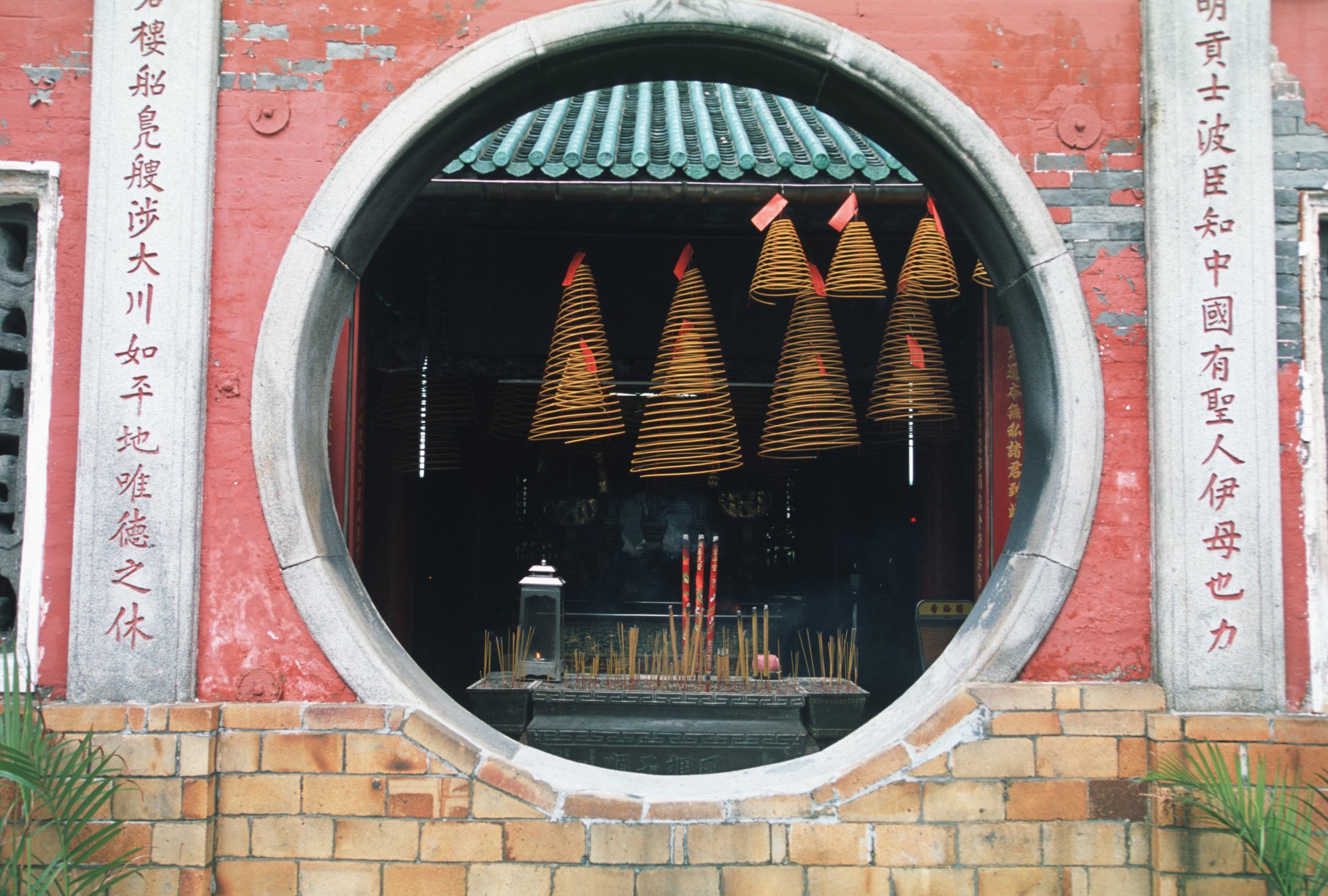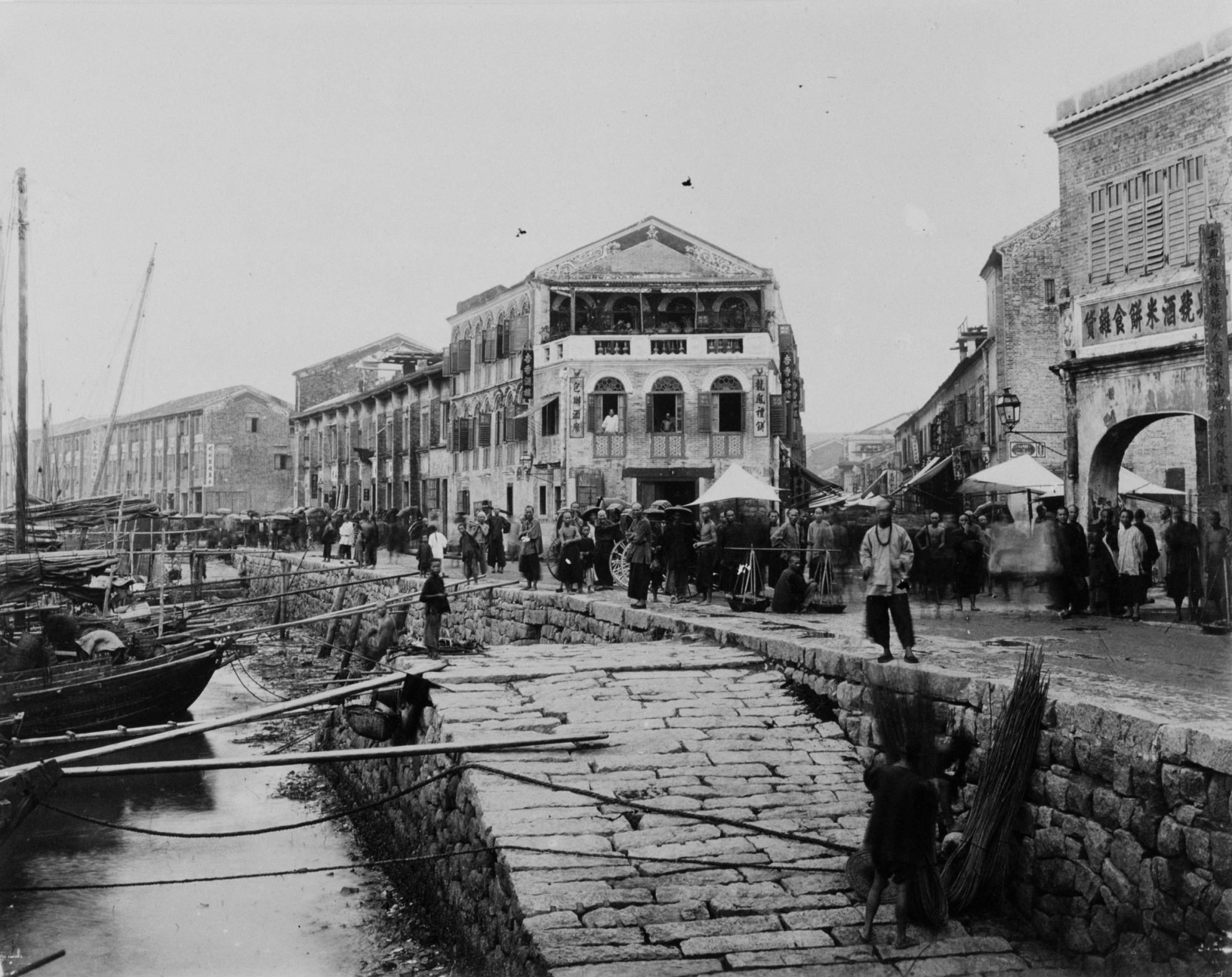
Macao vs Macau: what’s in a name? The former Portuguese colony, province and ‘enclave’ in China has undergone more title changes than you might imagine
- Macau’s Portuguese colonists at first called it Amacao, from the Cantonese A-ma-ngao, meaning Bay of Ama, Goddess of sailors. In English it became Amacon
- Macao came into use in the 17th century; the Portuguese spelling, Macau, was widely used only from the 70s for what was a colony, then a province, then neither
Debate periodically surfaces about “correct” spellings for certain places, and why certain usages take precedence. Macao – or Macau – is an obvious Asian example.
Before making any historical explanation for these dual spellings, let us make one contemporary point completely plain. On international treaty documents, China’s “other” Special Administrative Region is Macao with an o; Macao – not Macau – is used on Hong Kong signage on the approaches to the Macao-Zhuhai Bridge and other official documents.
Macao spelled with a u – Macau – is the Portuguese spelling, and only officially used in Portuguese-language documents.
Officially used variant English-Portuguese spellings coexist across the Lusophone world, from metropolitan Portugal itself to Macao/Macau. Thus, Lisboa becomes Lisbon; Brasil is Brazil; Moçambique is Mozambique; that country’s capital city, Lourenço Marques, becomes Lorenzo Marques (now Maputo, the older Portuguese-era name remains in widespread use).

From the time of Macao/Macau’s initial settlement by the Portuguese, in 1556-57, a variety of names – with correspondingly variant spellings – were used both by the Portuguese and other European arrivals who periodically passed through the tiny settlement.
In his monumental Fidalgos in the Far East, 1550-1770 (1968), British historian Charles Boxer writes, “The Chinese names for Macao are legion, the one most commonly employed being Ao-men (“Gate or Port of the Bay”).

“The Portuguese version is generally admitted to be derived from the term A-ma-o or A-ma-ngao, with the ng strongly nasalised in Cantonese, meaning Bay of Ama, Goddess of sailors and navigators.
“The picturesque temple dedicated to this Goddess at the entrance of the inner harbour is the oldest building in Macao, and is probably little changed from the time when Mendes Pinto and his compatriots first set eyes on it in 1555.
“The preliminary A, variously written in Chinese, is often omitted as a superfluous prefix; but the Portuguese evidently picked up the full form from the local fisherfolk, since they invariably wrote the name as Amacao in the town’s early stages, whence the Amacon of Richard Cocks and his English contemporaries.”
Enough of Macau as Hollywood backdrop – filmmakers tell its real story now
Cocks (1565-1624) was an English merchant-adventurer who lived in Japan at the apex of 17th century Portuguese maritime supremacy in Asia.
As representative of the British East India Company in Hirado between 1613 and 1623, he also visited Macao/Macau and his brief descriptions of the place – recorded in his journal, which was subsequently published in 1899 as the Diary of Richard Cocks – are among the earliest first-person accounts of the Portuguese settlement.
Cocks used the form Amacon; other English travellers generally followed the same usage.
Macao came to widespread use via Peter Mundy (1597-1667), who visited the city in 1637. His Itinerarium Mundi, in which he recorded his delight at the taste of lychees – he considered them superior to the finest Muscat grapes – and an enthusiastic enjoyment of chá (“tea”), also contained vivid descriptions of the emergent Luso-Asian community in Macao/Macau, and their appearance and society in general terms.

Macau became widely deployed in English-language publications – including the South China Morning Post – and elsewhere after the mid-1970s.
The 1974 Carnation Revolution, and subsequent overthrow of the Estado Novo (“New State”) fascist dictatorship, in power in Portugal and their overseas empire since 1933, marked a new beginning; more widespread use of Macau was a symbolic part of that political change.
In tandem, “province”, widely used to describe the Portuguese territory from 1951 to 1975, when it was a Portuguese província ultramarina (“overseas province”), was also quietly dropped. Neither a colony nor a province, Macao/Macau became known by that enigmatic, widely used journalistic fudge “enclave” until full transfer of administration to China was completed in 1999.

